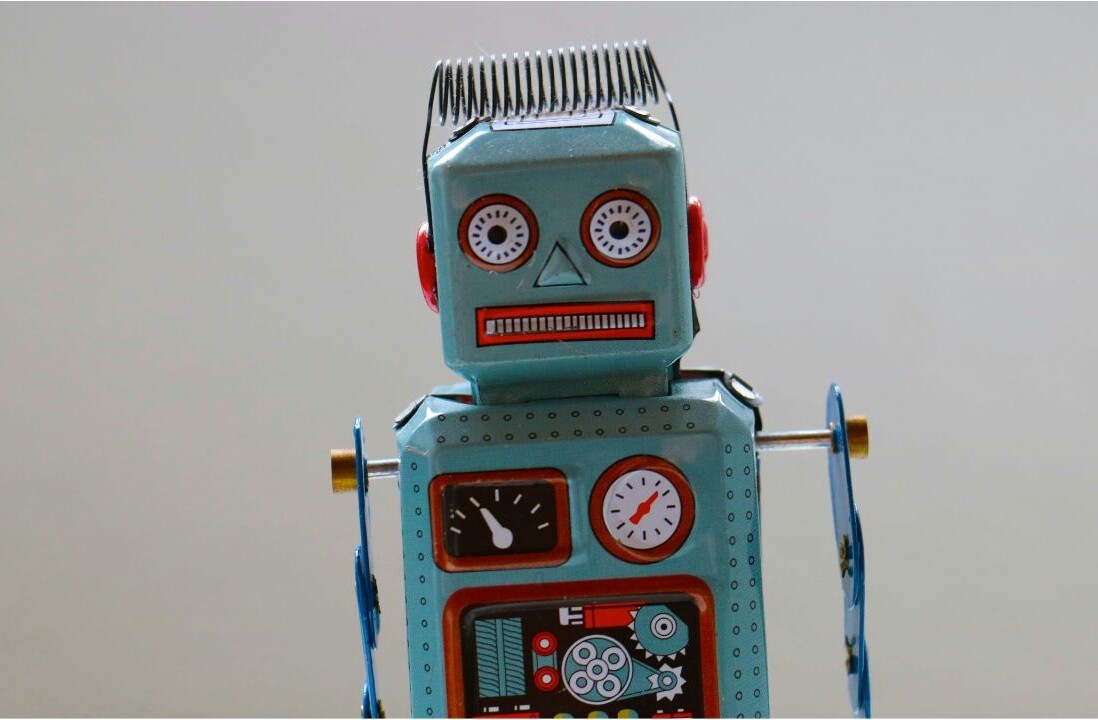
Hiring has never happened so fast. Especially in tech, where being first to market can give you a considerable advantage. Just take grocery delivery company, Instacart, which grew from 91 full-time employees in January 2015 to over 300 today.
This kind of hyper hiring comes with risks. Success isn’t measured on the amount of staff you employ, especially if your user base and revenue aren’t growing at the same speed. Scaling has to be sustainable.
You should be building your business as a solid, stable skyscraper that will be around for years, not a tower of cards wavering in the wind. And to me this is about getting three things right:
- The structure
- The people
- The culture
We’ve learnt this over the past year at Pusher, where we’ve doubled our workforce in the last year. It hasn’t been easy, but now that we’re out of the storm, here’s some advice on how to hire to scale with stability.
Structure: Building solid foundations
In the famous words of Eisenhower “In preparing for battle I have always found that plans are useless, but planning is indispensable.” And this observation is as important as ever.
When hiring, don’t just think about tomorrow, plan for what happens next. This process of planning lays the foundations for what’s to come.

First this means considering the roles you need to fill now while anticipating what’s coming next. It’s not unusual to have a little extra capacity in your business in case the perfect candidate comes through – it could still be worth snatching them up. In fact that’s how Pusher was born.
Secondly, let’s take a minute to think about the economics of hiring: five hours writing a job description, five hours developing the interview process, 30 minutes screening and two hours interviewing each candidate – it all adds up.
In fact Glassdoor found the average time-to-hire for a Software Engineers was 35 days.
When you’re preparing to scale-up, the first role you should recruit for is someone else to hire for you. This could be a team/hiring manager or just an internal recruiter. This frees you up to continue building the best business you can and puts an expert at the reins of your recruitment drive.
Remember first impressions count and this person will be the first that your candidates will meet. Find someone to become the walking embodiment of your company culture, then give them time to learn as much about the actual company itself.
People: Your most important asset
This title is cliched for a reason: it’s true.
People are everything. Without them, your business would be nothing more than a good idea and an empty office.

So what are the major mistakes when it comes to hiring?
People are always more likely to hire someone like themselves. But too many of the same kind of person won’t get you anywhere fast. Think instead in terms of types and find skills that compliment each other.
Consider Belbin’s nine different behavior types and use this to identify which areas your business is lacking. From the perceptive Teamworker to the efficient Implementer, figure out who is your ammunition and who are the gun barrels that will accelerate them to top speed and make them lethal.
In the words of Kevin Rabois:
Eventually you want to construct a very high performance machine. A machine that almost nobody really has to worry about every hour, every minute.
Structure becomes a second thought when scaling.
This is wrong – it’s incredibly important to define what employees won’t be doing.

At early stages of growth, employees expect (and sometimes crave) the opportunity to play a part across all areas of the business.
But once you’ve established a core team then bringing specialists onboard to deep dive in specific areas of the business becomes much more important.
As Diginomica’s Jon Reed puts it “Specialization lends itself to mastery” and by only hiring generalists you’ll miss out out on the top talent.
Culture: Creating a community
Company culture is much more than “we have foosball tables in our office” or “there are office beers on Fridays.” The best people are looking for a mission worth getting behind, with interesting challenges ahead.
Start early and think about how you can show off your employer brand as you go. This also applies to building a pipeline of interesting candidates. We learned the hard way here and spent six months building it from scratch.
The interview process can also be a great way to give candidates a taste of what to expect.

As our VP of engineering Sam Stagg puts it “A good process is one that is specific enough to put off as many people as it attracts. We don’t want to hire everyone. We want to hire great people who are a good fit for these kinds of challenges and will fit well with our culture and future.”
Finally, the cold facts. A bad hire drags everyone down – the sooner you remove it, the sooner you can grow.
It might sound brutal but as Stackoverflow’s, Jeff Atwood, explains, one bad apple can seriously impact the entire team and, when you’re growing at hyperspeed, you won’t have time to fix HR issues until the whole engine grinds to a halt.
So make sure to tackle these bad apple as soon as you see them.
Read next: How to grow your startup with no budget
Get the TNW newsletter
Get the most important tech news in your inbox each week.





